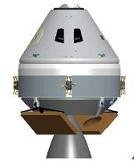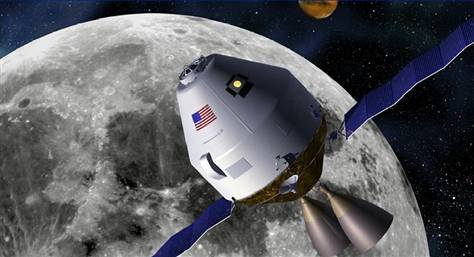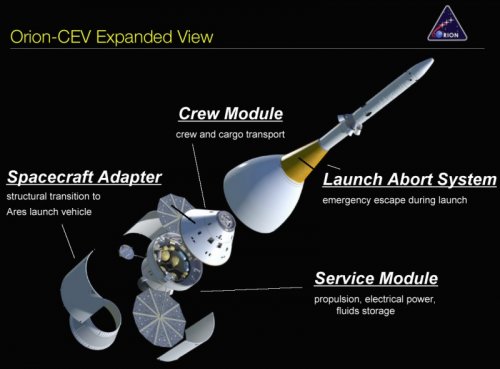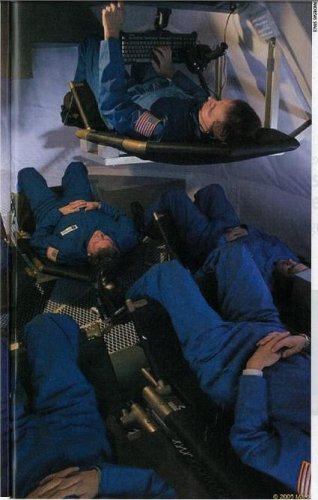In March 1966, Eugene Smith, an engineer at Northrop Space Laboratories in Hawthorne, California, presented a paper on a piloted Eros flyby mission using Apollo technology at the Third Space Congress in Cocoa, Florida.
David SF Portree describes the proposal at his Beyond Apollo blog:
"Manned Eros flyby (1966)"
URL: http://beyondapollo.blogspot.com/2009/09/manned-eros-flyby-1966_14.html
David SF Portree describes the proposal at his Beyond Apollo blog:
"Manned Eros flyby (1966)"
URL: http://beyondapollo.blogspot.com/2009/09/manned-eros-flyby-1966_14.html





